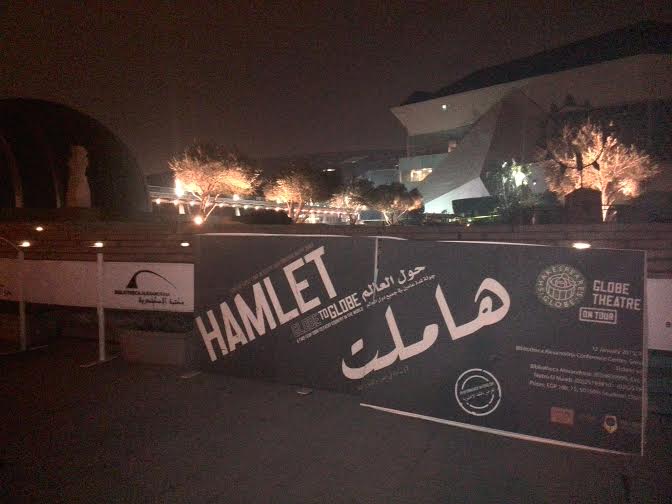By Nayera Yasser
In a time long before digital cameras and smart phones, the simple notion of a coloured image was a far-fetched dream. Egypt has always been on top of the world’s touristic areas; hence, it has always been captured by an endless number of visitors.
Meanwhile, the pioneering ‘Underwood & Underwood’ documented the past couple of centuries in a more vivid method. The company, which was founded in the late 19th century, was the world’s leader in the distribution of stereoscopic images.
Through the use of stereoview and stereoscopy, the company was able to create the world’s first trial of 3D images by the use of the illusion of depth. The success of this technology was used in the touristic sector in particular.

Egypt was one of the main countries captured by this revolutionary method during the 19th century. In 1985, American University in Cairo (AUC) president Richard F. Pedersen bought a huge selection and donated it to the university.
The rare books and special collections library (RBSCL) currently owns a rare collection of stereoviews that belong to the period from 1889 to 1890.
After years of keeping these rare footages in the archives of AUC’s rare books and special collections library; the faculty of Mass Communications decided to share the precious collection with a much wider audience.
“These images have never been exhibited before; they are usually available as separate pieces but now they are being displayed in sets to inspire photography students and amateurs,” said Ola Sief, curator of photography collection at RBSCL.
Egypt Stereoviews Underwood & Underwood exhibition is taking place on the AUC campus and welcomes both students as well as the general audience. Even though the collection was always available to aid any student; it has never been exhibited before.
“This collection was kept in the archive; yet, they were still made available for the student’s needs whenever they needed them. In 2012, we took them out and digitalised them and made them available online,” said Seif.
The exhibition showcases few selected images that sum the country’s culture and lifestyle at the time. The pictures’ topics include street entertainers, farmers and the villages’ architecture. Some of the images capture a village’s dervish preaching in the streets while another documents a girl-gathering around few sewing machines.
“It is easier to see them scattered on the walls rather than going back and forth in the archives.” Seif added. “Originally they are consequentially arranged; but, we wanted to group them based on topic in order to give the viewers an enhanced experience.”
Not only Cairo was documented, the project includes the Nile River, Suez Canal towns, and the Egyptian deserts. The library still holds a much bigger collection that covers a wide spectrum of topics.
“The topics cover a regional spectrum that is bond to hit a topic here or there. The writing students in particular found a great inspiration in the exhibition,” said Seif.
The one-month exhibition has been welcoming a high number of attendees that are interested in both the world’s first 3D attempts and historic documentation.
“We were concerned that it might not appeal to the students; however, they liked the documenting factor and the themes,” said Seif.
“The students were very puzzled and excited about viewing the collection. The interactive part, which included using the stereoscopic viewers attracted a large number of them,” said Noura Bahgat, exhibition’s curator.




